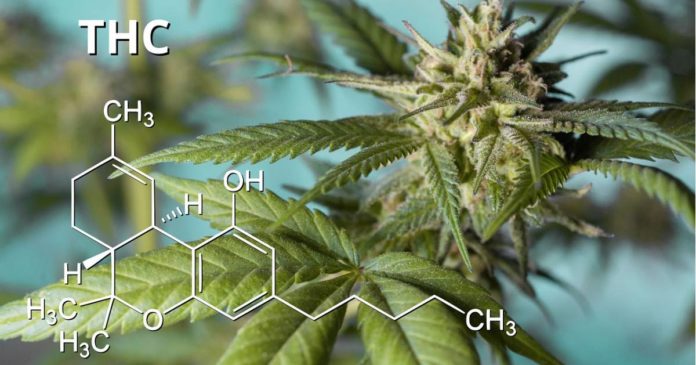The USA’s National Association of State Departments of Agriculture (NASDA) has formalised its support for increasing hemp maximum THC levels.
The 2018 Farm Bill defined hemp as the plant Cannabis sativa L. and any part of the plant with a delta-9 THC concentration of not more than 0.3 percent by dry weight. Above that and the cannabis is considered marijuana and therefore illegal.
The 2018 Farm Bill was an important step forward for the USA’s hemp industry, but is proving to be more restrictive compared to some countries where the maximum allowable THC limit is 1%. The 0.3 percent level greatly increases the risk of “hot crops” that subsequently have to be destroyed and can result in the farmer facing criminal proceedings.
According to a policy amendment submission presented at the 2021 NASDA Winter Policy Conference; in the US, with currently available genetics, up to 40% of test results show samples exceed the 0.3% total THC concentration.
“This 0.3% delta-9 THC level 14 is an arbitrary standard that was never meant to be used as a legal measure for THC concentration in hemp, and is not consistent with the level of concern placed on the potential for diversion of crops with a THC concentration of 1% into an illicit market,” said Secretary, Vermont Agency of Agriculture, Food and Markets Anson B. Tebbetts in the submission
NASDA members have voted to support an amendment to the definition of hemp in the 7 U.S.C. chapter 38, Hemp Production, Section 1639o (1) to say:
“The term “hemp” means the plant Cannabis sativa L. and any part of that plant, including the seeds thereof and all derivatives, extracts, cannabinoids, isomers, acids, salts, and salts of isomers, whether growing or not, with a total tetrahydrocannabinol concentration of not more than one (1) percent on a dry weight basis.”
NASDA has supported of hemp for many years, first adopting a formal policy way back in 2002. The organisation has weighed in on a number of hemp issues since, including consistent model legislation and uniform standards for field sampling.
This isn’t the first time NASDA has lobbied for increased THC levels either. Last year it urged the USDA to set the negligence threshold for THC at 1% of dry matter and allow for states to develop mitigation plans.


